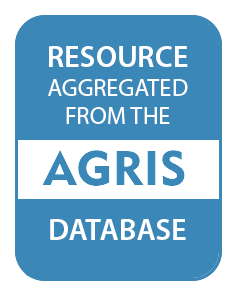Resource information
Assessment of the suitability of anthropogenic landscapes for wildlife species is crucial for setting priorities for biodiversity conservation. This study aimed to analyse the environmental suitability of a highly fragmented region of the Brazilian Atlantic Forest, one of the world's 25 recognized biodiversity hotspots, for forest bird species. Eight forest bird species were selected for the analyses, based on point counts (n = 122) conducted in AprilâSeptember 2006 and JanuaryâMarch 2009. Six additional variables (landscape diversity, distance from forest and streams, aspect, elevation and slope) were modelled in Maxent for (1) actual and (2) simulated land cover, based on the forest expansion required by existing Brazilian forest legislation. Models were evaluated by bootstrap or jackknife methods and their performance was assessed by AUC, omission error, binomial probability or p value. All predictive models were statistically significant, with high AUC values and low omission errors. A small proportion of the actual landscape (24.41 ± 6.31%) was suitable for forest bird species. The simulated landscapes lead to an increase of c.30% in total suitable areas. In average, models predicted a small increase (23.69 ± 6.95%) in the area of suitable native forest for bird species. Being close to forest increased the environmental suitability of landscapes for all bird species; landscape diversity was also a significant factor for some species. In conclusion, this study demonstrates that species distribution modelling (SDM) successfully predicted bird distribution across a heterogeneous landscape at fine spatial resolution, as all models were biologically relevant and statistically significant. The use of landscape variables as predictors contributed significantly to the results, particularly for species distributions over small extents and at fine scales. This is the first study to evaluate the environmental suitability of the remaining Brazilian Atlantic Forest for bird species in an agricultural landscape, and provides important additional data for regional environmental planning.



